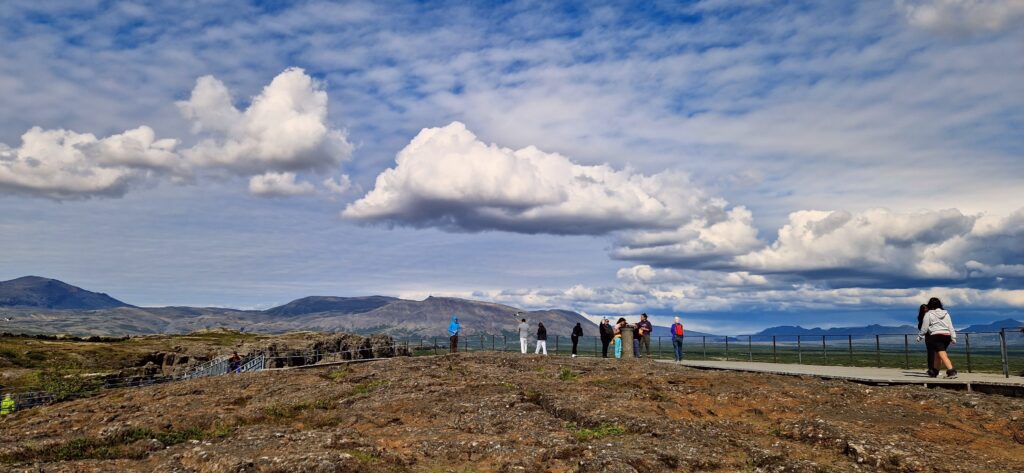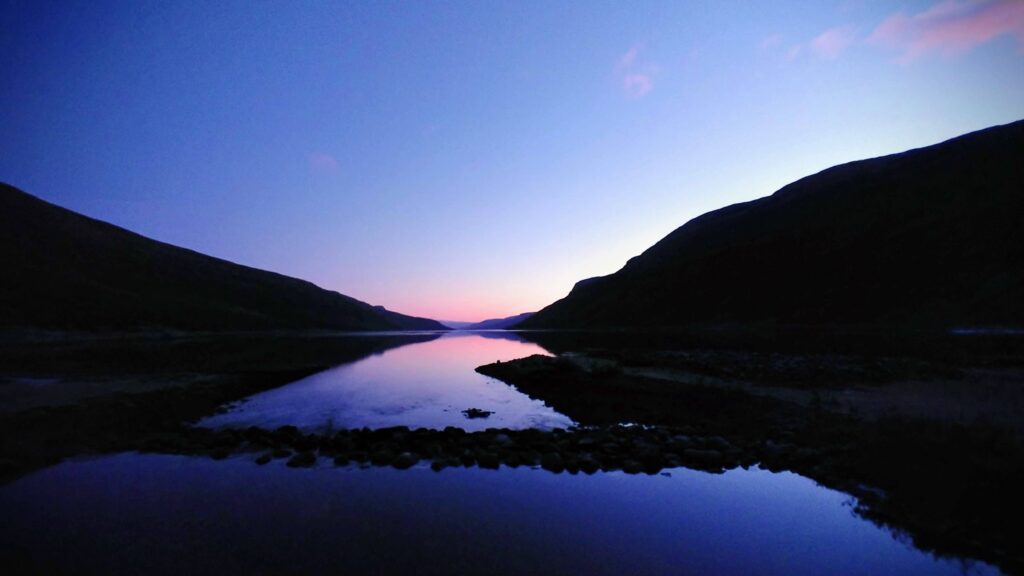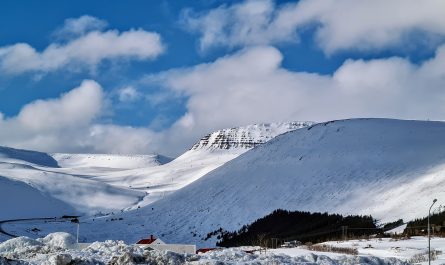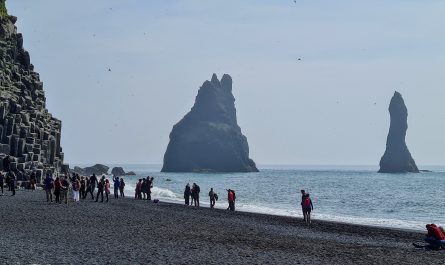Your own tastes and the kinds of activities you have in mind will determine the optimum time for you to travel to Iceland. The climate and the events that occur during each season in Iceland are known to be highly unpredictable. Below, you will find a rundown of each of the distinct seasons. The following are some factors to take into consideration:
Because of Iceland’s subarctic environment, the country’s weather can be somewhat erratic. The summers are pleasant and bright, with temperatures averaging between 10 and 15 degrees Celsius (50 and 59 degrees Fahrenheit), respectively. The winters are brisk and snowy, with typical temperatures ranging from -10 degrees Celsius (14 degrees Fahrenheit) to 0 degrees Celsius (32 degrees Fahrenheit).
Seasonal events Iceland hosts a number of seasonal events throughout the year, and attending one of these events is a fantastic way to enhance your vacation. It is possible to witness the phenomenon known as the Midnight Sun during the summer months. This occurs when the sun does not set for several days in a row. The winter season is the best time to view the Northern Lights, also known as the aurora borealis, which illuminate the night sky.
A number of Iceland’s best-known tourist destinations are only open to visitors during specific seasons of the year. For instance, during the winter months, the only way to travel to the Vatnajokull glacier is on a snowmobile.

The summer months (June through August) are the busiest time of year for tourists since the weather is more agreeable, there are more hours of daylight, and it is easier to get to more remote regions.
Temperatures can fluctuate greatly from day to day, although on average they range from 10 to 15 degrees Celsius (50 to 59 degrees Fahrenheit).
At the time of the summer solstice, there are approximately 24 hours of sunshine, giving people the opportunity to witness the midnight sun phenomenon.
The summer months are ideal for engaging in outdoor pursuits such as hiking, discovering waterfalls, and seeing local wildlife. Be aware that during this time period, well-known tourist destinations may become quite crowded.

In comparison to the summer months, the end of May and the beginning of September tend to have fewer tourists and more pleasant weather, respectively. This makes them ideal times to pay a visit.
In the early part of spring, there is still a chance of snow, but by the end of May, the landscape has begun to turn green.
If you travel during the latter half of the fall season, you will have a better chance of seeing the Northern Lights, also known as the Aurora Borealis.
During these months, temperatures can swing anywhere from 5 to 10 degrees Celsius (41 to 50 degrees Fahrenheit) in any direction.
The winter season presents a one-of-a-kind experience, with snow-covered landscapes and the possibility of witnessing the aurora borealis.
The months of December and February have the fewest number of hours of daylight, respectively. Temperatures can drop drastically below the average, which can vary from -10 degrees Celsius to 4 degrees Celsius (30 degrees Fahrenheit to 39 degrees Fahrenheit).
Activities such as exploring ice caves, going snowmobiling, and unwinding in hot springs are all wonderful options during this time of year.

The beginning of spring, which spans the months of April and May, is characterized by persistent winter conditions and weather that is notoriously unpredictable. On the other hand, it is an excellent time to go birdwatching on the island because migratory birds have returned.
Additional tips, depending on your interests, are provided below to help you choose the best time to travel to Iceland:
If you want to see the Midnight Sun, the best time to visit Iceland is during the summer months, from June until August. This is the only time of year that the Midnight Sun is visible.
If you want to view the Northern Lights, the best time to visit Iceland is during the winter months, which are September through April. This is when the aurora borealis is most likely to be seen.
If you want to go hiking and camping in Iceland, the ideal time to go is during the summer months, from June until August. This is the best time of year to visit Iceland for hiking and camping.
If you are interested in whale watching, the months of June through September, which fall within Iceland’s summer season, are the best time to travel there for this activity.
The spring months of April through June are the best time to visit Iceland for waterfalls. If you want to see the waterfalls, the best time to visit Iceland is during the spring months.
If you want to see the glaciers, the best time to visit Iceland is during the summer months, from June until August. This is when the glaciers are at their most visible.
In the end, the traveler decides when is the best time to visit Iceland. Think about the things that you want to see and experience, as well as the weather conditions that you are willing to endure. The next step is to determine the season that works best for you.


